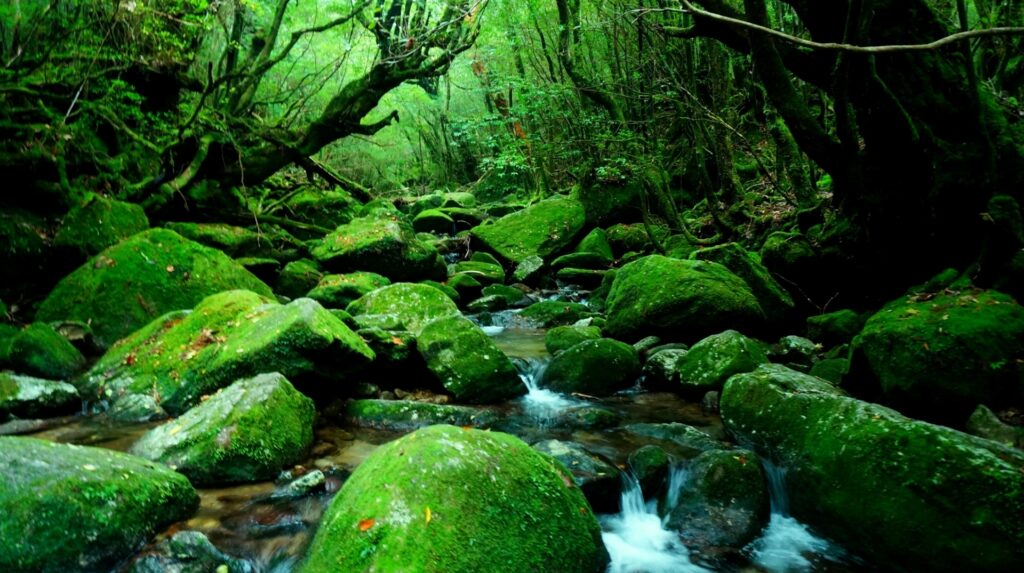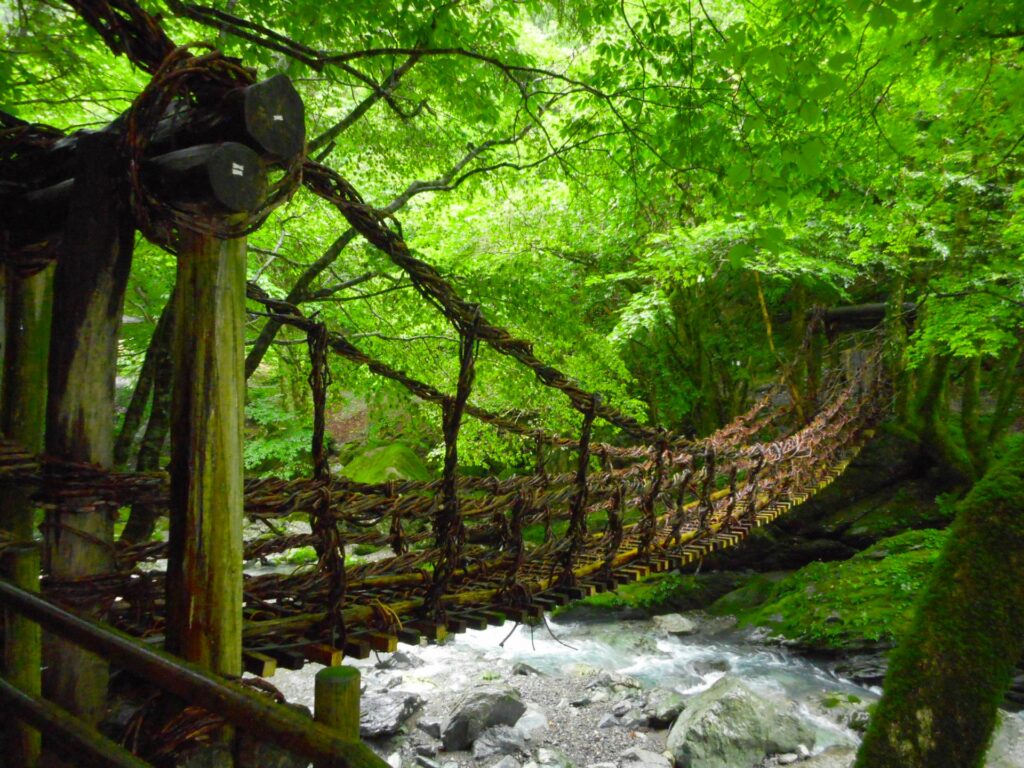Most people think of bustling cities like Tokyo and Kyoto when they plan a trip to Japan, but there’s so much more to this beautiful country. Japan has a plethora of hidden gems just waiting to be discovered by adventurous travelers. In this article, we’ll take you on a journey through Japan’s most enchanting off-the-beaten-path destinations, unique cultural experiences, and delicious local cuisine.
Off-the-Beaten-Path Destinations
If you’re looking for an escape from the urban jungle, Japan has no shortage of stunning natural landscapes and quaint rural towns that will transport you to a different world. Let’s explore some of the best hidden gems in Japan.
Yakushima Island

Yakushima Island, located off the southern coast of Kyushu, is a natural wonderland that has been designated as a UNESCO World Heritage Site. The island is home to ancient cedar forests, waterfalls, and abundant wildlife. Explore the mystical Shiratani Unsuikyo Ravine, which inspired the animated film Princess Mononoke, and hike through the pristine forest to see the Jomon Sugi, a 7,000-year-old cedar tree.
Iya Valley

Nestled deep in the mountains of Shikoku, Iya Valley is a remote region known for its stunning scenery and traditional thatched-roof farmhouses. Traverse the vine bridges that cross the Iya River, and visit the preserved village of Ochiai to experience life as it was hundreds of years ago.
Tottori Sand Dunes
Located along the Sea of Japan, the Tottori Sand Dunes offer a desert-like landscape that’s unique to the country. Visitors can enjoy camel rides, sandboarding, or simply strolling along the dunes to admire the unusual scenery.
Mount Koya
Mount Koya, or Koyasan, is a sacred mountain and the birthplace of Shingon Buddhism in Japan. The secluded temple town offers visitors the chance to experience temple lodging, meditation, and vegetarian Buddhist cuisine.
Ainokura Village
Hidden in the mountains of the Gokayama region, Ainokura Village is a picturesque hamlet with traditional gassho-zukuri farmhouses. These steep-roofed homes are designed to withstand heavy snowfall and are now protected as a UNESCO World Heritage Site.
Unique Cultural Experiences
Japan’s hidden gems offer more than just stunning scenery; they also provide a chance to immerse yourself in the country’s rich cultural heritage.
Staying in a Ryokan
A ryokan is a traditional Japanese inn, where you can experience the essence of Japanese hospitality. Enjoy sleeping on a tatami mat, dining on exquisite Japanese cuisine, and soaking in a private onsen bath.
Japanese Tea Ceremony
The Japanese tea ceremony, or chado, is an elegant ritual that embodies the principles of harmony, respect, purity, and tranquility. Participate in a tea ceremony to learn about the intricate preparation and presentation of matcha green tea, and appreciate the beauty of this centuries-old tradition.
Onsen Bathing
Onsen, or natural hot springs, are an integral part of Japanese culture. Relax and rejuvenate in the mineral-rich waters while enjoying stunning views of the surrounding landscape. Remember to follow proper onsen etiquette, such as washing before entering the bath and keeping your towel out of the water.
Local Cuisine Delights
Japanese cuisine is incredibly diverse, and each region boasts its unique flavors and specialties. Here are a few dishes you must try during your journey.
Kaiseki Dining
Kaiseki is a traditional multi-course Japanese meal, showcasing the freshest seasonal ingredients and the chef’s culinary artistry. Savor delicacies like sashimi, tempura, and simmered dishes while appreciating the exquisite presentation.
Okonomiyaki
Okonomiyaki, often referred to as “Japanese pizza,” is a savory pancake made from a batter of flour, grated yam, and cabbage, topped with a variety of ingredients like meat, seafood, and cheese. Cooked on a griddle at your table, it’s a fun and interactive dining experience.
Soba Noodles
Soba, thin buckwheat noodles, are a staple in Japanese cuisine. Enjoy them hot in a flavorful broth or chilled with a dipping sauce, depending on the season.
Tips for Exploring Japan’s Hidden Gems
- Be respectful of local customs and traditions.
- Learn some basic Japanese phrases to communicate with locals.
- Use public transportation, such as trains and buses, to access remote destinations.
- Embrace the concept of “slow travel” by taking your time to explore and connect with the local culture.
- Consult local tourist offices for advice and recommendations on lesser-known attractions.
Conclusion
Japan’s hidden gems offer an unforgettable journey through breathtaking landscapes, unique cultural experiences, and mouthwatering cuisine. Whether you’re exploring remote valleys, staying in a traditional ryokan, or indulging in local delicacies, you’re sure to find a deeper connection with Japan and its rich cultural heritage.
FAQs
- What is the best time of year to visit Japan’s hidden gems? While each season offers its unique beauty, spring and autumn are generally the best times to visit Japan’s hidden gems due to pleasant weather and stunning foliage.
- Do I need a special permit or permission to visit these remote locations? Most of the locations mentioned in this article do not require special permits. However, it’s always a good idea to check with local tourist offices or travel agencies for up-to-date information.
- Is it safe to travel to these off-the-beaten-path destinations in Japan? Yes, Japan is a very safe country for travelers. However, it’s essential to exercise caution, be aware of your surroundings, and respect local customs and etiquette.
- Are there English-speaking guides available for these locations? While English-speaking guides may be available at some popular destinations, it may be challenging to find them in more remote locations. It’s a good idea to learn some basic Japanese phrases and use translation apps to communicate with locals.
- What should I pack for my trip to Japan’s hidden gems? Pack comfortable clothing, appropriate
コメントを残す